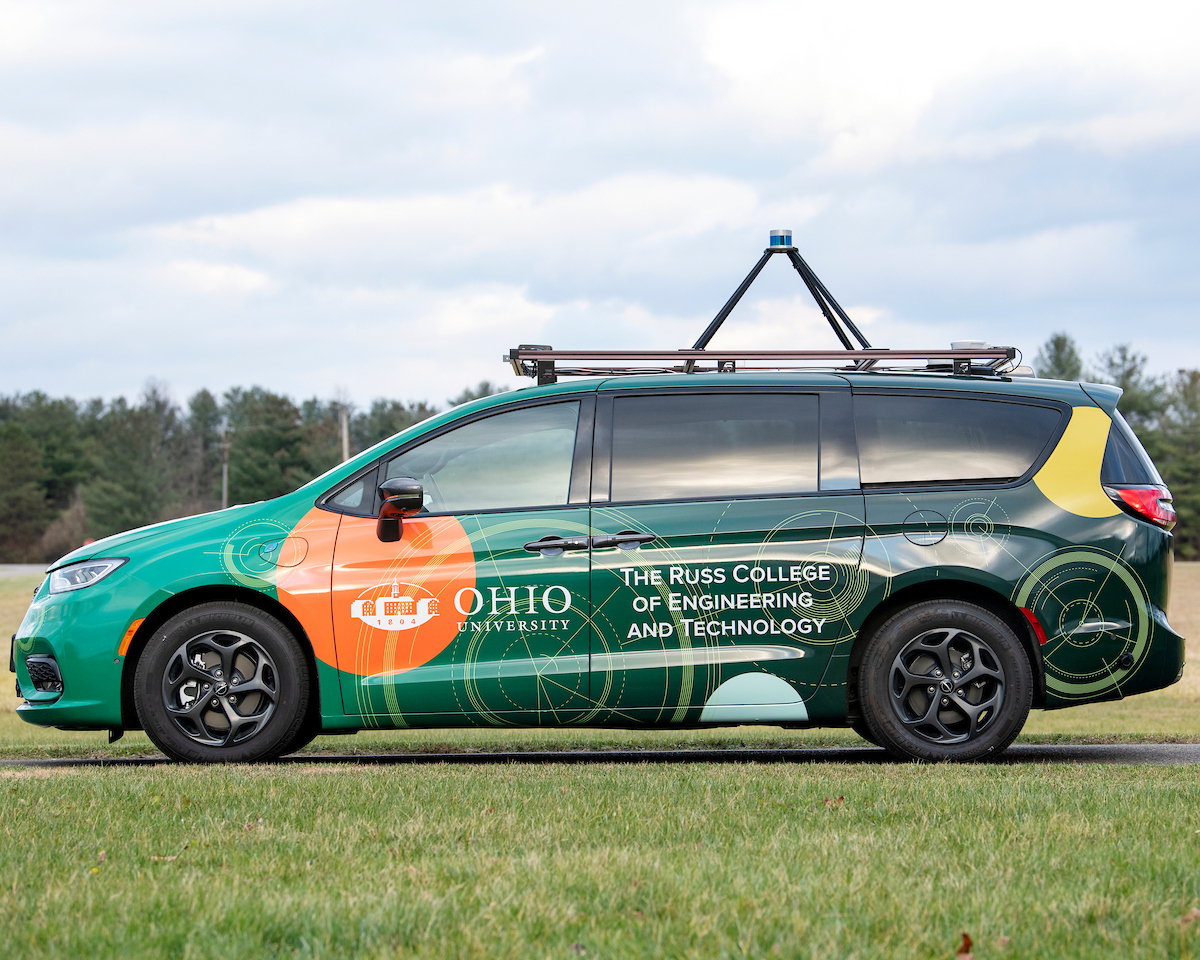Is a future with self-driving vehicles closer than we think – researchers aim to find out in study

Undergraduate and graduate students also had the opportunity to gain experience working on the project with many of them being the ones to operate the computer in the back of the vehicle, collecting data.
“Working with large amounts of data in Python and other data visualization platforms gave me a lot of valuable experience that will definitely be applicable to work later on in my career,” Tony Tonkovich, a recent OHIO graduate who is now pursuing a Masters of Engineering, said. “The opportunity to work on a project with an autonomous vehicle is also a large step towards some of my career goals. Having this early experience working with autonomous systems is extremely valuable and will open future opportunities for very cool careers.”
For the project, most of Tonkovich’s work consisted of analyzing the various data (such as GPS and LiDAR) that was collected while their group was driving the autonomous vehicle around three planned routes in the greater Athens area. One of the specific things he focused on was studying the times that a driver had to takeover from autonomy to manually operate the vehicle.
“I was looking for trends and challenges that were specific to rural Appalachia in order to promote additional research to hopefully encourage future development of autonomous driving for rural communities,” Tonkovich explained.
Tonkovich adds that through working on this project, he went from knowing practically nothing about autonomous vehicles to the different systems that go into them and encourages students interested in researching these types of systems to reach out to Wilhelm for other opportunities.
As the demand for innovative transportation solutions grows, the findings from this study may play a pivotal role in shaping the future of mobility in rural Ohio and beyond.
“Some areas, especially in urban settings, are already doing this, however, the overall technology needs improved before there can be demand and this can become a reality for those living in rural areas. I think five to 10 years down the line we could see more autonomous vehicles starting out with corporate companies like Uber that could offer experiences for their customers before the demand expands to people being able to purchase one themselves,” Wilhelm said. “But once we get there, the opportunities for a more accessible mode of transportation could be endless.”

